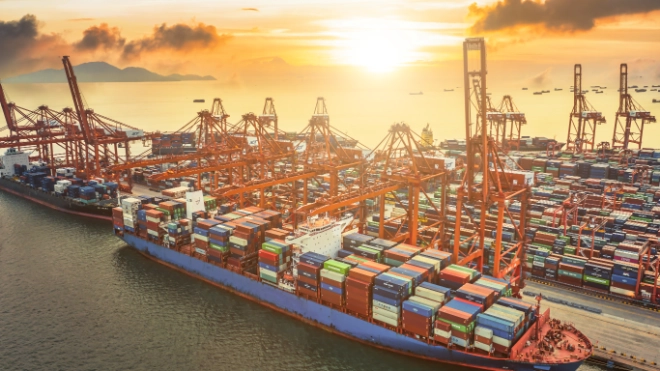Οικονομία και αγορές
Παγκόσμιες και τοπικές αναλύσεις από τους εξειδικευμένους συμβούλους μας για τις οικονομικές εξελίξεις, καθώς και στρατηγικές καθοδήγησης για την αποτελεσματικότερη διαχείριση των οικονομικών κινδύνων της επιχείρησής σας.
Παρακολουθήστε τους κινδύνους και τις ευκαιρίες. Οι ειδικοί μας αναλύουν συνεχώς τις αγορές σε περισσότερες από 40 χώρες. Αυτό έχει ως αποτέλεσμα εξελίξεις στην αγορά, όπως οικονομικές προβλέψεις, οικονομικές τάσεις, γεωπολιτικούς κινδύνους και μοναδικές συστάσεις για τη διαχείριση των κινδύνων σας. Από τα ευρήματα μπορείτε να βγάλετε τα σωστά συμπεράσματα για την εταιρεία σας.
Συνιστούμε την ανάγνωσή του σε όσους ενδιαφέρονται για τις επιχειρήσεις, τους διαχειριστές κινδύνων, τους οικονομικούς διευθυντές και τις πωλήσεις.








































